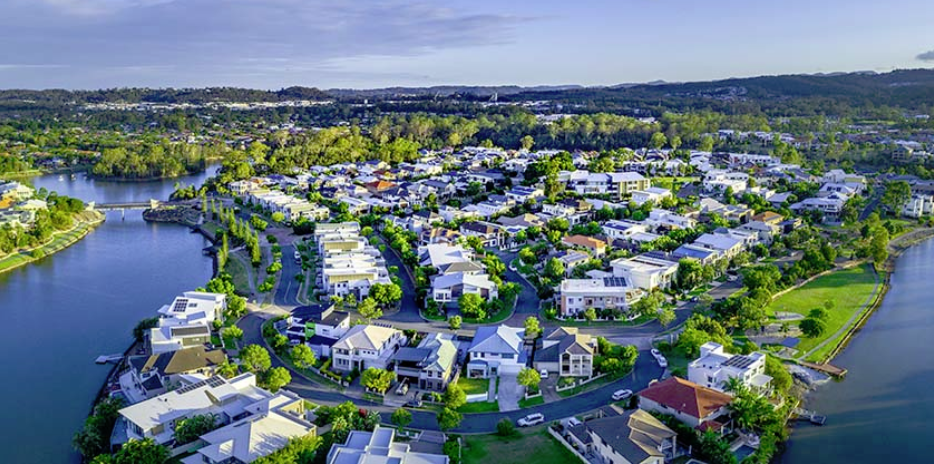New figures released by the Australian Bureau of Statistics have suggested that housing loan commitments were valued at just under $32.3 billion in February, marking a monthly fall of 3.7 per cent.
The sudden drop is the first reported by the ABS since October 2021, which marked the start of consecutive monthly growth in home loan commitments.
The decline was witnessed in both owner-occupier loans and investor loans, with each cohort reporting drops of 4.7 per cent and 1.8 per cent over February.
However, compared to 12 months ago, loan commitments still remain upwards, with the total figure being 12.6 per cent higher than what was reported in February 2021, and almost 69 per cent higher than in February 2020.
This was driven entirely by investor home loans, which have seen an annual growth of 55.8 per cent.
Owner-occupier loan commitments in contrast have dropped by 1 per cent.
New loan commitments to owner-occupier first home buyers also fell during the same period, collapsing by 8.3 per cent and by 36.7 per cent year-on-year – continuing what has been a steady decline since January 2021.
It’s unclear what exactly has sparked this monthly change, but it does come at a time of reports that Australia’s housing market is beginning to cool down.
According to CoreLogic's latest Home Value Index, dwellings all across the country grew by roughly 18.2 per cent in the year to March 2022.
For capital cities, this figure was 16.3 per cent, contrasted entirely by regional Australia’s uptick of 24.5 per cent.
But while this figure does reflect dwellings are increasing in value, it stands lower than what has been previously reported. According to ABS data released last month, the annual growth for a capital city dwelling over 2021 hit 23.7 per cent.
PropTrack’s inaugural Home Price Index has mirrored a similar finding, stating that, as of March 2022, the annual growth for an Australian capital city was 15.69 per cent.
CoreLogic research director Tim Lawless commented that “virtually every capital city and major rest-of-state region has moved through a peak in the trend rate of growth some time last year or earlier this year”.
“The sharpest slowdown has been in Sydney, where housing prices are the most unaffordable, advertised supply is trending higher and sales activity is down over the year,” he added.
“There are a few exceptions to the slowdown, with regional South Australia recording a new cyclical high over the March quarter and some momentum is returning to the Perth market where the rate of growth is once again trending higher since WA re-opened its borders.”
This drop supports previous claims that 2022 will be a year that will see home prices flatten, with both Westpac and Commonwealth Bank both predicting a drop in value to occur sometime during the calendar year.
[Related: Housing value growth continues downward crawl]
